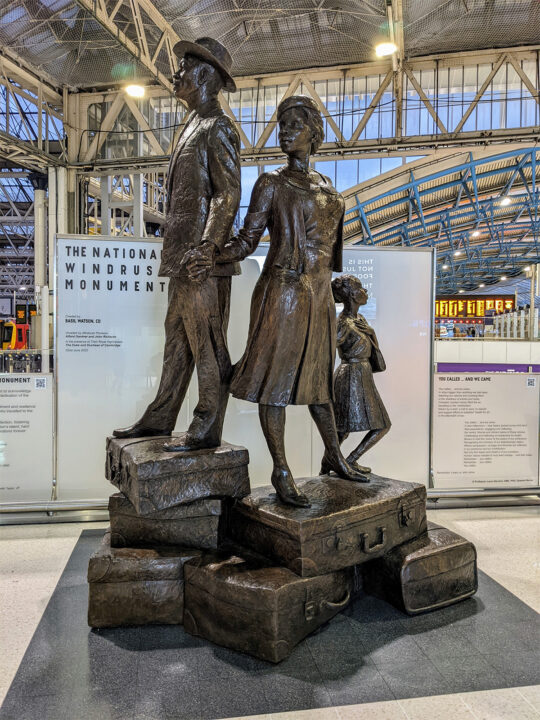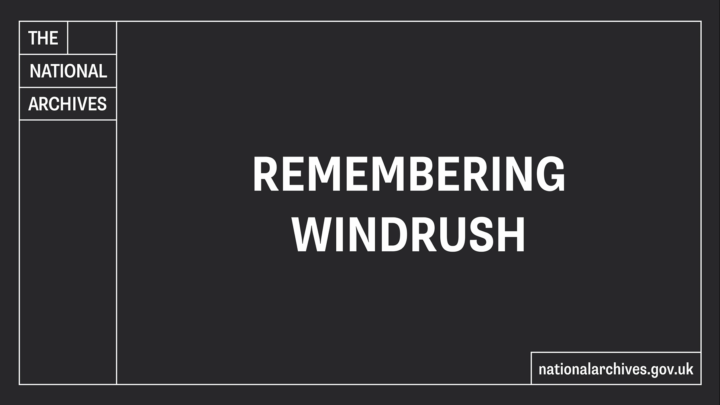
Learning about the story of the Empire Windrush
The National Archives has created some resources for you to use in your classroom with our video to remember the story of the Windrush generation.
In the video, pupils take a historical journey from early times to the 1960s. They start with evidence of a Black presence in Britain from earlier migrations and explore the story of the Empire Windrush with other documents from The National Archives. Why did people leave their homes in the Caribbean to come to Britain? What was it like when they arrived? How were they treated then and in the years that followed? Historical sources also include music and some original footage from the period. We hope that the commentary and documents will encourage your pupils to explore the past and ask questions about how this Caribbean immigration changed life in Britain.
Before watching the video, we advise teachers discuss the meaning of such terms as: blitz, immigrant, commonwealth, British Empire, colony, colour prejudice, inequality, discrimination, and colour bar.
Please note that some of the language and terms used in the documents in video are not appropriate or acceptable today. The documents cover sensitive subjects. We suggest that teachers look at the material carefully before introducing to pupils.
In April 2017 the British Government apologised for its treatment of the Windrush generation. Some people were told that they lived here illegally and faced deportation from the country. There was widespread shock at the impact on the lives of many Black Britons, and this became known as the Windrush Scandal.
Watch the video on YouTube here: https://www.youtube.com/watch?v=GoxfWYuQ4QE
Approach of Video
In such a short video it is not possible to present a detailed account of the Windrush story and its impact. Therefore, we highlight the story through four key documents, these include extracts from a government information pamphlet about Britain created for a Caribbean audience, a telegram about the passengers on the ‘Empire Windrush’, extracts from a housing report in the 1960s and a photograph of the Notting Hill Carnival. We hope teachers will explore the topic further using our lessons with original documents and activities to deepen understanding of events raise questions for discussion and consider the nature of evidence.
Resources:
All resources include teacher’s notes, background information, document captions, transcripts, and some have simplified transcripts.

The National Windrush Monument
What do these documents reveal about life for Caribbean migrants to Britain in the 1940s and 1950s?
Pupils use original sources to find out about the experience of Caribbean immigrants in the 1940s and 1950s. How were they treated after their arrival? What difficulties did they face? What were race relations like in the cities?
